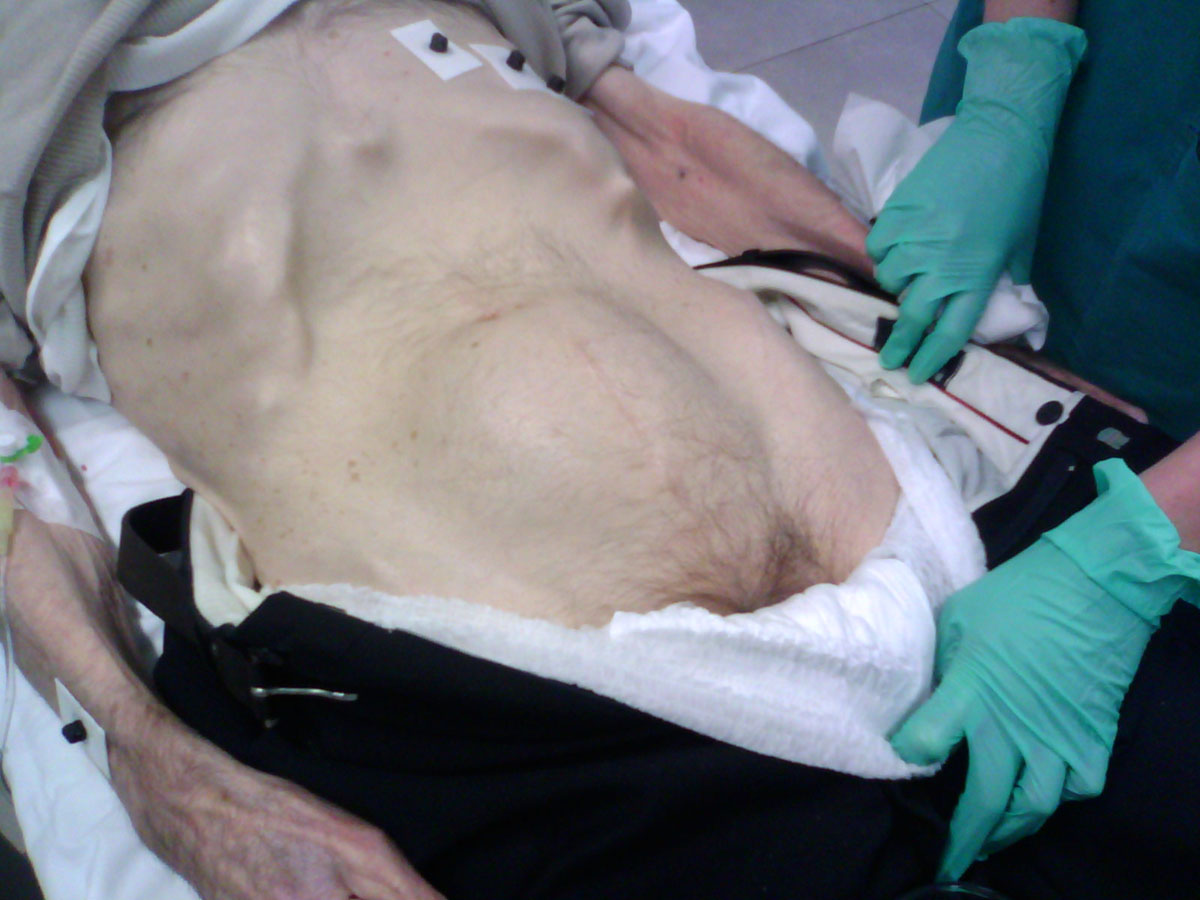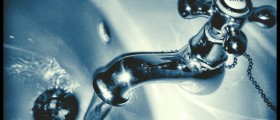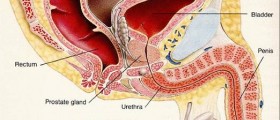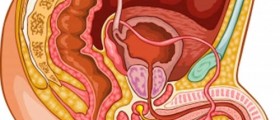Urinary retention is urination disorder, which can be chronic and acute. Acute retention is complete inability to empty the bladder even though it is full. This condition requires immediate medical intervention. Chronic retention involves symptoms such as: incomplete emptying of bladder, problems in starting urination, frequent urination, urgent need to urinate but without its performance and need to urinate again soon after the previous one. Chronic retention is not life threatening but can cause serious health problems so it is advisable to consult doctor about this problem.
This disorder affects older male population due to problems with the prostate. Also, women may be affected, mainly due to displacement of bladder from its natural reservoir. In addition, certain nerve disorders can disrupt the functioning of the bladder.
Causes of Urinary Retention
The most common cause of this disorder are nerve diseases and damages that may arise as a consequence of childbirth, diabetes, stroke, physical injuries, infection of the brain and spinal cord injuries, poisoning by heavy metals, multiple sclerosis, etc. If the nerves are damaged, they can’t send the correct signals to the brain such that the bladder is full so the brain can not properly react to relax the muscles to let urine out.
- Maximum bladder capacity of less than 500 mL was an unmodifiable risk factor for urinary catheterization.
- Duration of surgery constituted a strong unmodifiable risk factor in all analyses, consistent with similar studies.
- Not voiding before the start of surgery is considered a modifiable risk factor for post-operative urinary retention followed by urinary catheterization. In the univariate analysis, a preoperative bladder volume ? 150 mL was a significant risk factor, but this significance was not sustained in the final multivariable model.
- In patients ? 60 years of age the incidence of urinary catheterization amounted to 18.5%, compared to just 5.7% in subjects
- The modifiable risk factor ‘volume infused and taken orally’ volume exceeding one liter appeared to have a small risk reducing effect, but this was not significant.
- Possible modifiable risk factors for catheterization are drugs given perioperatively. Opioids can have a dual effect on voiding; direct - by partially inhibiting the parasympathetic nerves that innervate the bladder, and indirect - by decreasing the awareness of a full bladder and the sensation of urge.
Prostate enlargement is also one of the most frequent causes of urinary retention. This phenomenon is a consequence of growth of the prostate gland, which increases by aging. The membrane around the gland after a certain time ceases to spread creating pressure on the urethra. This pressure causes the bladder wall becomes more sensitive, creating the urge to urinate even when the bladder isn’t completely full. This eventually leads to weakening of the bladder and its ability to completely empties, leaving a small amount of urine in it.
Urinary retention may occur as a result of infections of the urinary tract where the bladder may swell and close, causing retention of urine.
In severe health condition applies anesthesia to stop the pain and intravenous infusion to compensate the lost blood. This combination in many cases leads to a full bladder and damaging nerve function which results in urinary retention.
Drugs that can cause urinary retention include antihistamines for the treatment of allergies; anticholinergics and antispasmodics for the treatment of stomach cramps, muscle cramps, and urinary incontinence; and tricycle antidepressants for the treatment of anxiety and depression.
If a stone formed in any part of urinary tract puts into the bladder it can increase enough to block the opening of urethra, causing urinary retention.
Possible Consequences of Urinary Retention and Treatment Options
Urinary retention can lead to urinary tract infections, bearing in mind the bacteria that remain in the bladder weakening bladder muscles and its inability to contract due to long-term urinary retention. It can also cause chronic disorders of renal function which may cause need for dialysis and kidney transplantation.
The treatment of urinary retention also carries certain complications. This disorder requires placing catheter. During its installation is possible bring bacteria in the urinary tract from the patient’s anus either from hands of medical workers. Therefore, when placing the catheter, it is very important that health workers adhere to strict conditions of sterility.


















Your thoughts on this
Loading...